We previously used the Sony RX100IV and had so much fun taking it on our travels and events.
Sony asked us again early this year if we wanted to continue having fun with the newer Sony DSC RX100 Mark 5 or simply, RX100V.
Launched late 2016, this little camera is jammed pack with professional features.
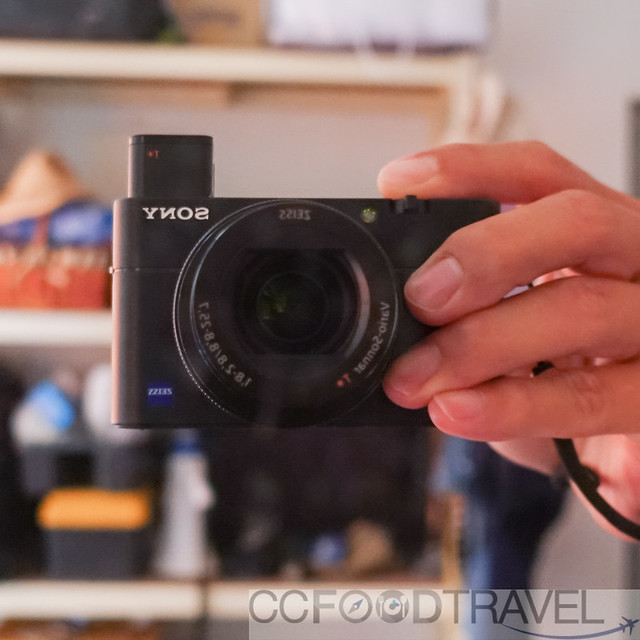
Reflections of RX100V on a dusty mirror. Low light conditions. f1.8 ISO800. Brightened in Lightroom.
We said yes. Who wouldn’t right? This is a premium compact camera from the brand that created the category itself and is still the leader with few competitors.
And so, we’ve been out and about with it for a while now. Quite honestly, we’ve shot 70% of the time in Auto mode because the captures come out great. Only when we needed to put in some demanding captures, we switch to the technical modes which allowed us tinker with the settings.

Good dynamic color range as expected
We have always been micro 4/3 shooters. While its smaller in size than a DSLR, it still can be a little cumbersome especially when fitted with zoom lens. You can’t pocket a micro 4/3 camera unless you want a giant bulge in your pants, shirt or jacket. Sometimes a compact camera is just so much more convenient. At the moment of action, you could just whip it out of your pocket, point and simply shoot away. Ok, maybe a few milliseconds wait for the camera to switch on. Low on battery? Just connect the compact to a powerbank or wall socket via USB.
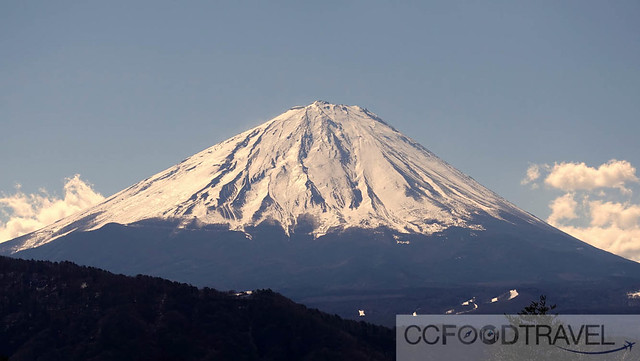
Mount Fuji snow cap digitally zoomed in. Still in great detail
Majority of entry level compact cameras have 1/2.3 or 1/1.17 inch sensors which is sufficient for regular use plus affordable but not good enough for low light captures and the need for better dynamic color range. We needed something a little more robust for our use so the basic compacts will not be able to deliver good enough images for our use.
Sony has been offering 1 inch sensors for its entire range of RX models and it hasn’t changed for the RX100V. In fact, put RX100III, IV and V on the table and you won’t be able to tell the difference unless you look at its model number. The 1 inch sensor provides sufficient sensitivity to capture details and enough dynamic color range for our use.
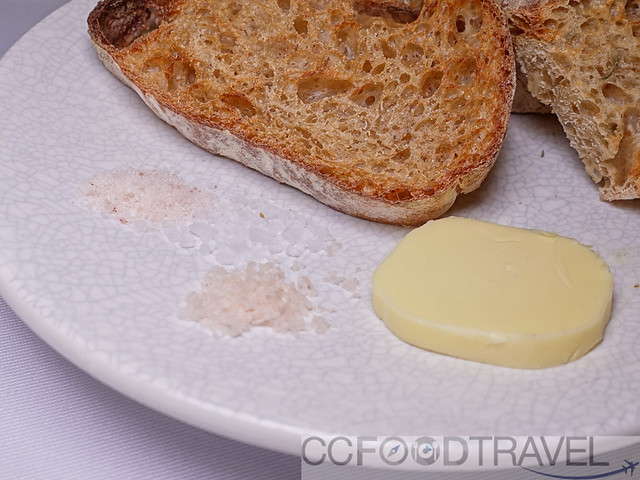
3 types of salt
At a glance, the RX100V retains its small size body (smallest in its class), pop-up electronic view finder (EVF), fast autofocus, tilted LCD screen, superior image still and video quality, and manual controls. All excellent features to have.
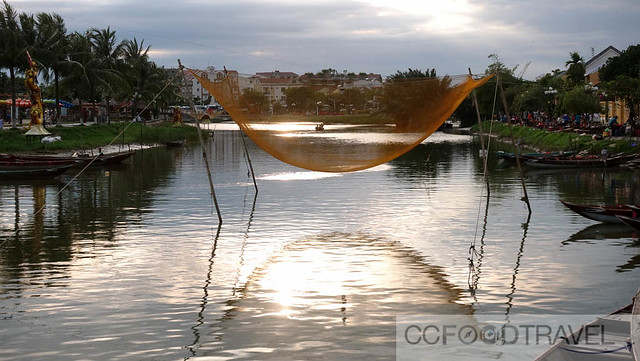
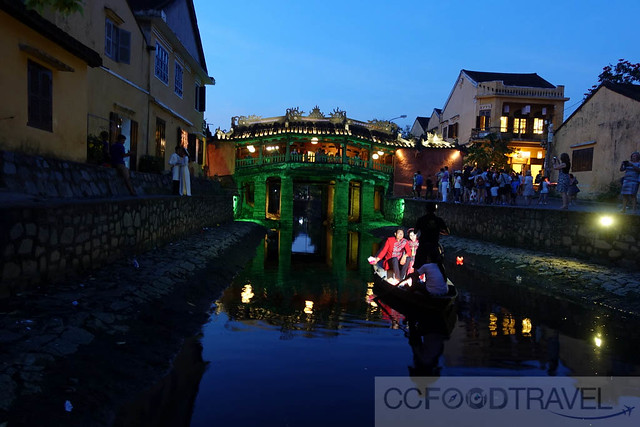
An evening stroll in Hoi An, Vietnam
What’s still missing that every RX enthusiast wants (so they can upgrade contentedly)? Touch ability for its LCD screen to easily navigate menus and focus, a vari-angle/articulating screen, larger image sensor, better zoom range, and better battery life.
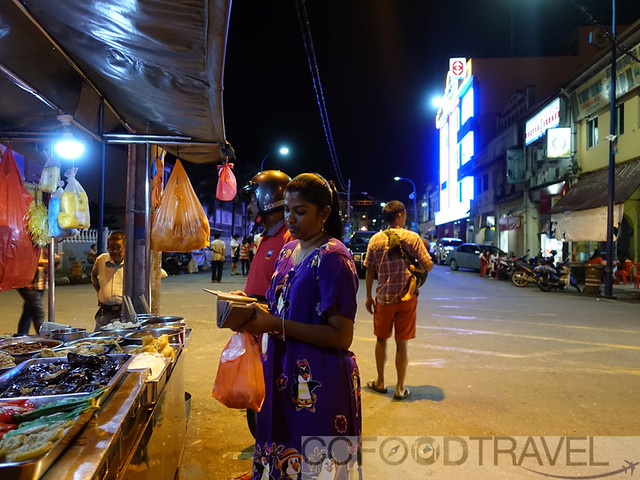
Handheld low light street photography without viewfinder
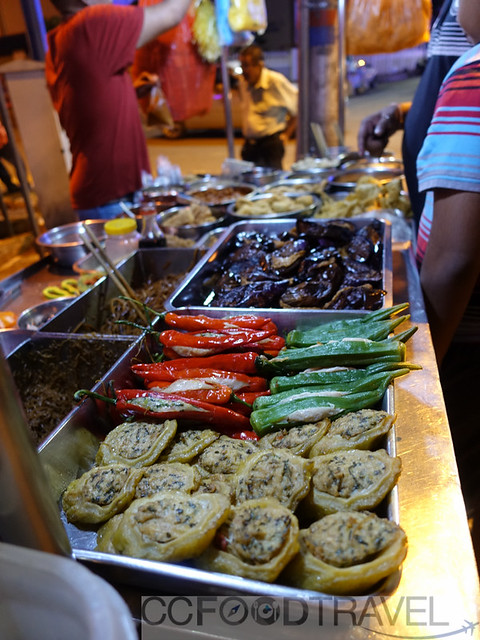
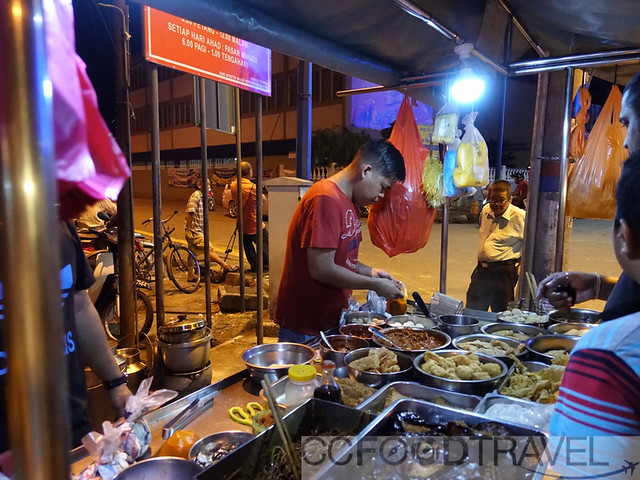
What we liked about the RX100V is its compact size, brights lens (f1.8-2.8) for low light capture, viewfinder, superior still and video image quality, dynamic color range, ease of charging via the USB port, but not its price tag.


Cropped from above image. Random shot captured in detail.
Whats the difference or improvement between RX100IV and RX100V?
- A new hybrid autofocus(AF) system with 315 autofocus points. The hybrid system combines high-speed phase-detection autofocus with extremely accurate contrast-detection AF. This offers more focus points and precise focus tracking plus an extremely AF speed of 0.05 seconds.
- AF-A autofocus mode – a hybrid between single (AF-S) and continuous autofocus (AF-C). This mode usually found on DSLR cameras guesses if the subject you are capturing is stationary or moving, and accordingly sets the focus to either AF-C or AF-S.
- A new front-end Large Scale Integrated (LSI) chip that works together with Sony’s BIONZ X image processor to increase image quality, the number of captures (per second) and expands the memory buffer for faster saving. There is now an increase to 24fps burst shooting (up from 16fps) and 4K video at 30fps (up from 25fps). This might also mean improved image quality at higher ISOs.
- Ability to shoot at 1000fps in the HFR (High Frame Rate) mode to give incredibly detailed slow motion videos. Although capped at 8 seconds shooting time, the slo-mo output will be above 5 minutes of video duration
- Ability to save any frame in a 4K video as a jpeg.
- A new QR code function that allows for a quick connection with non-NFC mobile devices. This rectifies the NFC issue we had with RX100IV plus you won’t need to remember the cryptic password.

Quality time at a hot spring
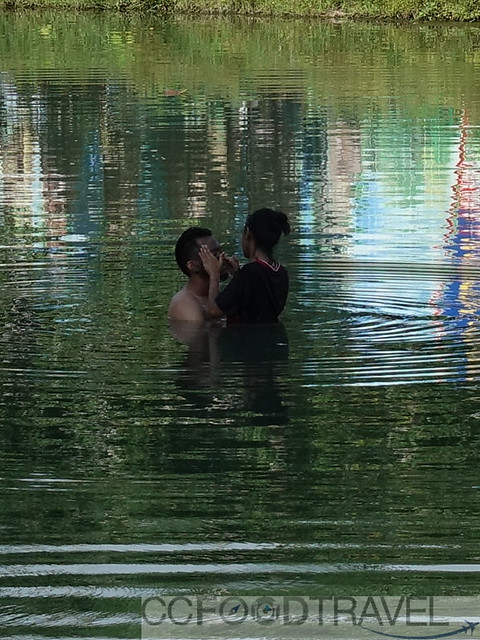
Mud facial. Cropped from above image. No image enhancements. Good detail.
So, should you buy the Sony RX100V?
If you require a compact sized pocket-fitting camera with superior image quality and a viewfinder but without the price tag of a Leica then this is great option. We suggest getting an extra battery or two plus a screen protector.
For alternatives, you may also consider the Panasonic LX15 and Canon G7X II – both have a 1 inch sensor, tilting touchscreen LCD, but no viewfinder and marginally larger in size. Canon has the advantage of 4.2X optical zoom while the LX15 and RX100V is limited to 2.9X.
Happy shopping!





